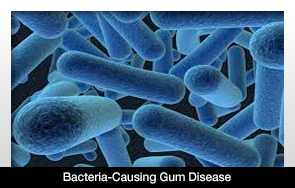 |
Anthropologists may soon learn more about the diets of people from ancient civilizations. And they have dental plaque to thank.
The plaque taken from the teeth of ancient people has the ability to provide the necessary information to pinpoint exactly what they ate.
G. Richard Scott and Simon R. Poulson, the lead researchers from the University of Nevada, Reno, collected samples of dental calculus from 58 skeletons that were buried in the Cathedral of Santa Maria in Spain from the 11th through 19th centuries. Five of the samples were studied at the University’s Stable Isotope Lab to determine whether or not they contained enough carbon and nitrogen to be able to estimate the stable isotope ratios—a seemingly remote possibility.
Despite the odds, the lab results showed stable carbon and nitrogen isotope ratios, numbers that were similar to studies that utilize bone collagen. The material was studied after it was crushed by an instrument known as a mass spectrometer. This process is usually a tedious one, because acid is necessary to extract bone collagen, which is also why museum curators can’t utilize the process.
Dental calculus was ideal for this study because it stays intact much longer than hair, muscle or nails.
This method of using dental calculus to determine ancient diets could be extremely useful and could lead to more breakthroughs in various ancient civilizations.

|










